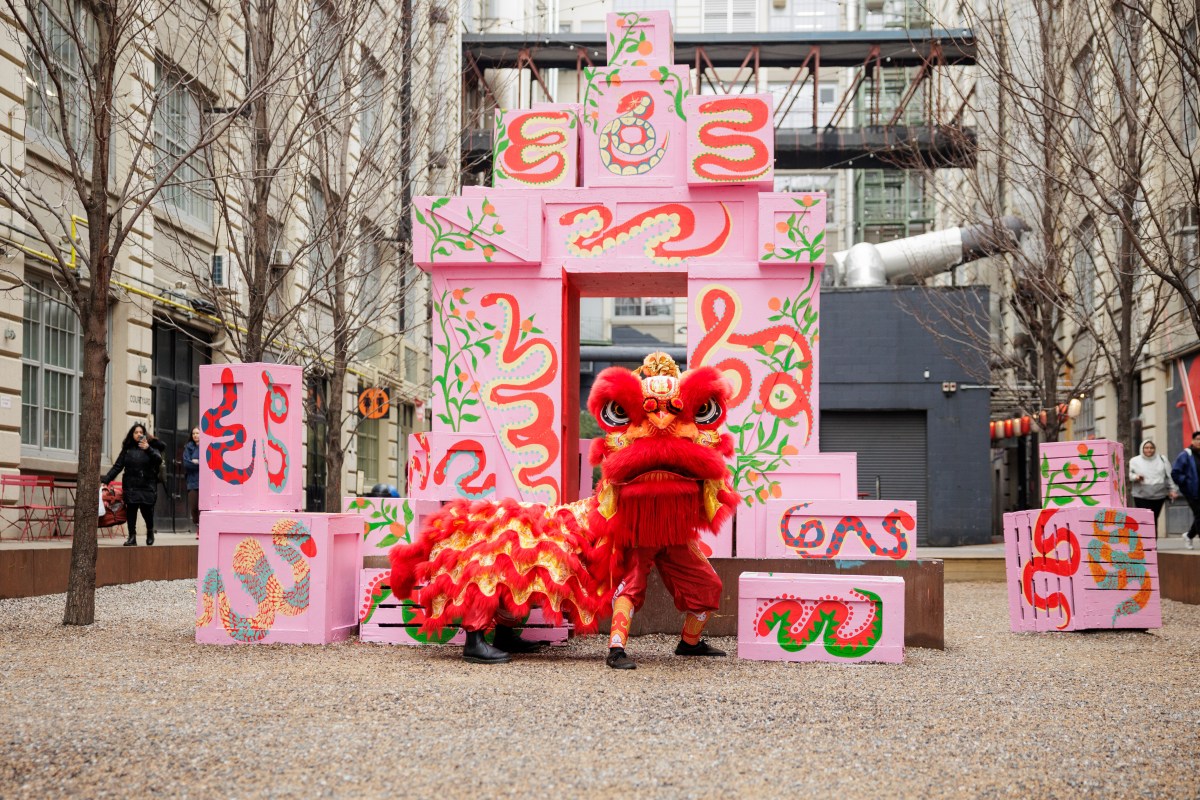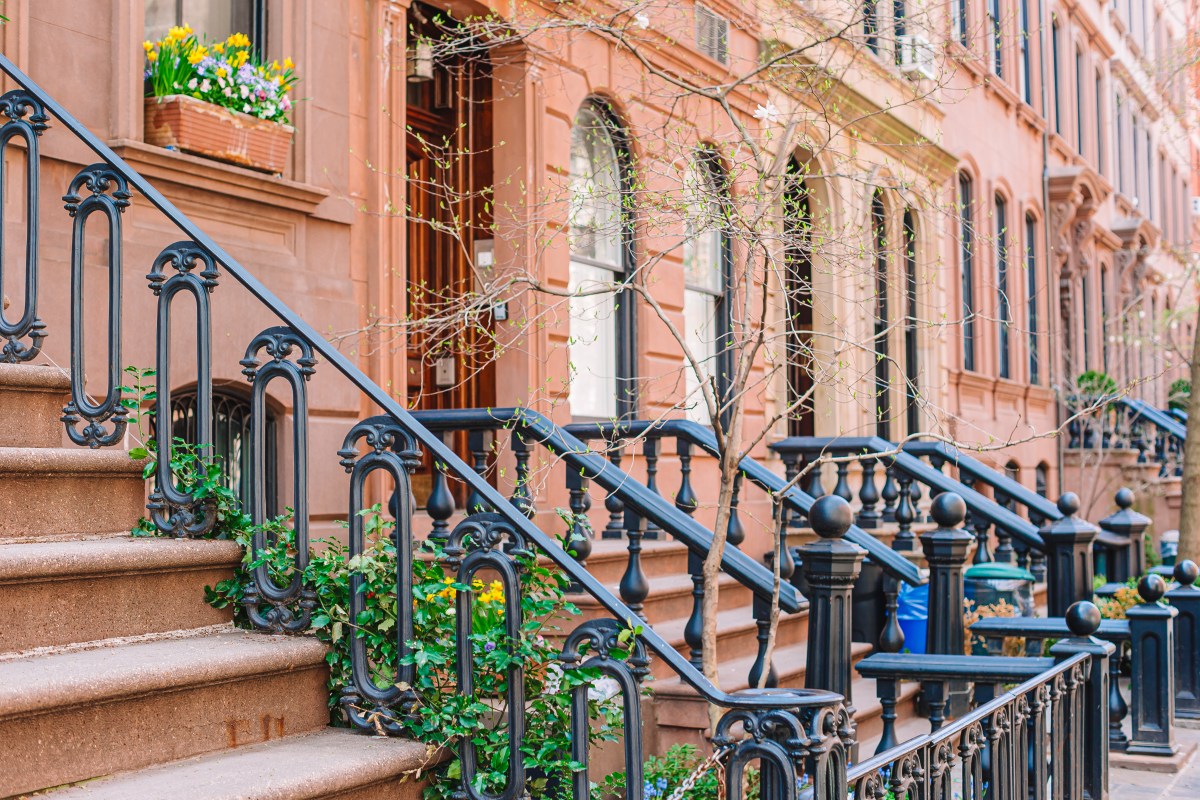
Bronx community groups say the governor needs to stop backseat driving with his Hunts Point highway initiative.
When Gov. Andrew Cuomo announced a $1.8 billion road redesign plan last year, the governor said he was heeding the generations of Bronxites who have called on the government to limit diesel truck traffic on local streets.
But unlike prior plans supported by the community, the state’s current proposal would direct trucks onto Edgewater Road. This shift would increase congestion and contamination along a river the community has spent years cleaning up and pushing to enhance with new parks, according to a coalition of community organizations called the Southern Bronx River Watershed Alliance.
“You’re undoing 30 years of progress, 40 years of progress — you’re undoing it single-handedly,” said Daniel Peralta, executive managing director of The Point Community Development Corporation, which is part of the alliance and has a campus near the 11-year-old Hunts Point Riverside Park. “These parks were not given to the community — built like any other community — it’s something that people fought for.”
Peralta said he and others were optimistic when Cuomo said in March 2017 that his administration would take steps to mitigate the construction of the Sheridan Expressway — a 1.25 mile interstate that separates several communities from the Bronx River. The Sheridan, which connects the Bruckner and Cross Bronx expressways, is a remnant of former city planner Robert Moses’ vision for a longer highway, and is still used by some of the 13,000 trucks traveling daily to the Hunts Point markets.
“The community was saying, ‘You’re poisoning our kids.’ . . . We’re now on the third, fourth, fifth generation talking about this problem,” Cuomo said of high asthma hospitalization rates in Hunts Point. “My administration is dedicated to taking on the tough issues that nobody has solved.”
Since then, the administration has split Cuomo’s Hunts Point vision into two projects.
The first involves formally decommissioning the Sheridan as an interstate, turning it into a boulevard and adding three crossings connecting pedestrians to the riverfront. The state Department of Transportation said it is reviewing proposals for the $97 million project, and plans to select a contractor this week.
The alliance describes the forthcoming boulevard as a positive step, despite it veering from a 2013 plan to combine the Sheridan Expressway with West Farms Road so pedestrians only had to cross five lanes — rather than 11 — to reach the Bronx River.
But the alliance says the boulevard’s potential is undercut by the second project, which would start allowing trucks traveling on local streets to turn directly onto and off the Sheridan.
Currently, trucks bound for the markets that want to avoid local roads can enter or exit only on Bruckner Boulevard bordering the Bruckner Expressway, the alliance said.
In an attempt to improve vehicular access to the food distributors, the $1.7 billion highway improvement project proposes several upgrades and changes, including adding three new ramps and another entry point to the peninsula on Edgewater Road. But that would send trucks cruising past Hunts Point Riverside Park, Garrison Park and Concrete Plant Park, which formally opened in 2009, according to the alliance.
And building one of the ramps would require the state to acquire a 13,191 square-foot portion of Concrete Plant Park, which is currently fenced off. In exchange, the state would spruce up Garrison Park, a patch of land just south of Concrete Plant Park that lacks a formal entrance and surrounds CSX freight rail tracks.
The alliance would prefer that the ramps be built away from all the greenery, on Leggett Avenue and Oak Point Avenue, which are southwest of the parks.
“This is a once in a lifetime investment for a community that has seen decades of disinvestment,” said Sydney Céspedes, a planner with the Pratt Center for Community Development, which is working with the alliance. “Why are we rushing through this now? Why are we jeopardizing children’s lungs in an environmental justice community?”
The state Department of Transportation said it abandoned the Oak Point idea for a number of reasons. Officials believe placing all the ramps on the western side of the peninsula could overwhelm the streets surrounding Oak Point, the department said. Additionally, the department said the alliance’s proposal would likely have cost more and required placing columns within a nearby Amtrak/CSX rail yard.
Although the current proposal will increase traffic on Edgewater Road, the state Department of Transportation said more residential areas like Bruckner Boulevard and Whitlock Avenue would be less congested.
“The Hunts Point reconstruction project will help create a healthier and stronger South Bronx for generations to come,” the department’s spokesman, Joseph Morrissey, said in a statement. “It will enhance pedestrian safety, ease truck congestion, reduce noise, improve air quality for local residents and create more bike-friendly paths.”
After weighing public feedback, the Federal Highway Administration will issue a decision, likely in November, according to the state Department of Transportation.
The state said it has partnered with the city’s Parks Department, which owns Concrete Plant Park, and therefore would not need to wait for state legislation authorizing its use of the green space.
Regardless of the city’s stance, using a corner of Concrete Plant Park would require the government to go through the formal parkland alienation approval process, according to Geoffrey Croft, president of NYC Park Advocates.
That framework technically requires legislators to approve using parkland for other purposes. To do so, the City Council must pass a home rule measure asking their state counterparts to vote for taking away parkland, and typically, replacing it elsewhere, Croft said.
City Councilman Rafael Salamanca Jr. and Assemblyman Marcos Crespo, who represent Concrete Plant Park, did not respond to questions about their stance on the proposal.
State Sen. Luis Sepúlveda is still mulling the matter.
“This still remains a complicated issue on both the city side and for several of the local residents as well as businesses in Hunts Point, and I am still looking at the issue,” Sepúlveda said in a statement. “We’ll see once the issue lands in the Legislature.”
Twin vehicular traffic initiatives:
Sheridan Enhancement Project
The initiative involves decommissioning the 1.25-mile interstate and converting it into an 11-lane boulevard, with crosswalks and a pedestrian bridge leading to Starlight Park and the Bronx River waterfront.
$97 million
Construction slated to begin in September and conclude by the end of 2019
Hunts Point Interstate Access Project
The initiative involves redesigning interstate flow in Hunts Point, with the goal of easing truck travel to and from the food distribution center while limiting traffic on local roads. The work would involve adding four points of access to the Bruckner Expressway and Sheridan Boulevard at Edgewater Road, and two points of access at Leggett Avenue, replacing three bridge spans, revamping the Bruckner Expressway and Sheridan Boulevard interchange and taking steps to improve pedestrian crossings, among other work.
$1.7 billion
Construction slated to be divided into three contracts, with the first getting underway in spring 2019 and the final concluding in 2025



































